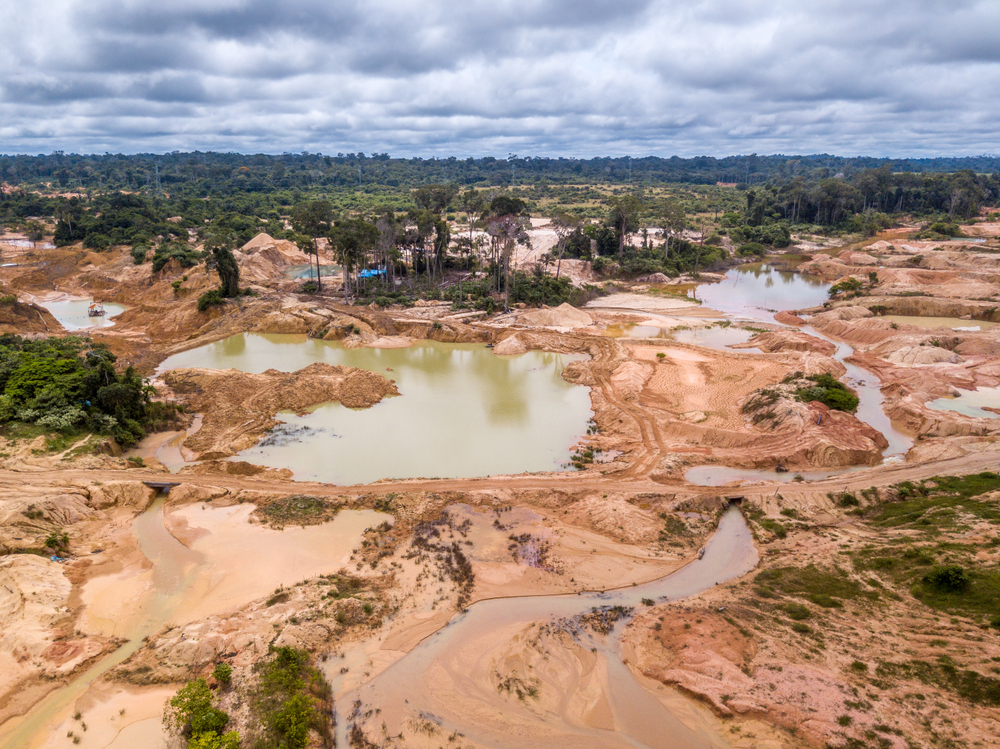Deforestation in the Amazon fell by 36 percent between January and April this year, compared to the same period in 2022. But there is little reason to celebrate, as the rate was the third highest in 16 years, behind 2021 and 2022.
Forest destruction in the first four months of 2023 reached 1,203 square kilometers, almost the size of the city of Los Angeles. The data is from climate NGO Imazon and its Deforestation Alert System (SAD).
Similar figures were recorded by the National Institute for Space Research (Inpe) and its DETER real-time deforestation alert tool, finding a combined 1,173 square kilometers for January to April.
Bucking the decreasing trend, the northern state of Roraima recorded an increase in deforestation of more than 70 percent in the first four months of the year. The state is home to some of the country’s most threatened indigenous lands, where illegal mining led to an increase in deforestation of more than 300 percent between October 2018 and December 2022.
The states of Amazonas, Pará, and Mato Grosso recorded falling deforestation figures, but combined they still make up 77 percent of all deforestation in the Amazon region.
Luiz Inácio Lula da Silva’s government promised zero illegal deforestation in the Amazon by 2030, but inherited a “cursed legacy” left by former President Jair Bolsonaro — whose administration relaxed oversight and racked up Brazil’s highest deforestation rates in decades.
Despite having the excuse of his predecessor’s actions, the delay in seeing tangible results puts pressure on Lula to take tougher preventative measures against deforesters.
“This shows that we need to implement urgent actions of inspection, identification, and punishment against illegal loggers in the most occupied areas, focusing on public forests that still do not have a defined use and on protected areas, especially with the arrival of the Amazonian summer, when historically deforestation tends to increase,” says Larissa Amorim, a researcher at Imazon.
Indeed, the middle of the year is hot and dry in the Amazon, leading to an annual increase in forest fires and destruction.


 Search
Search






































